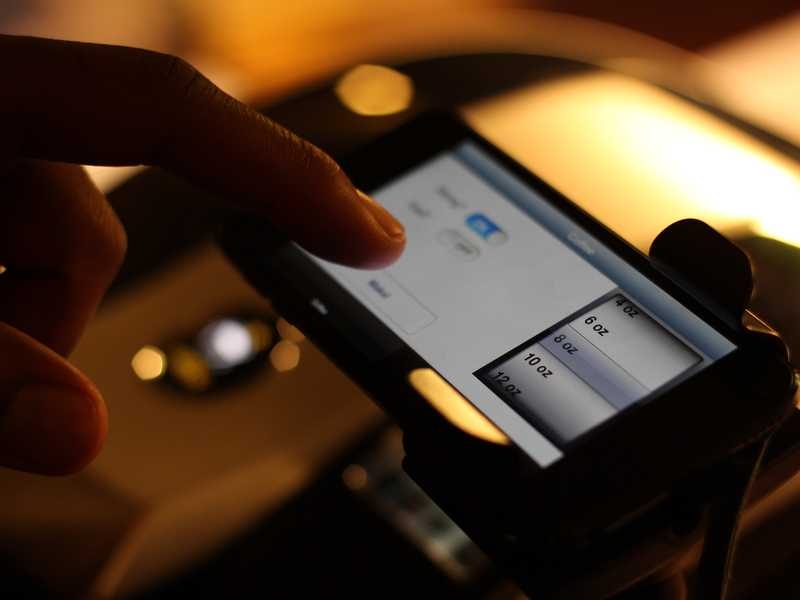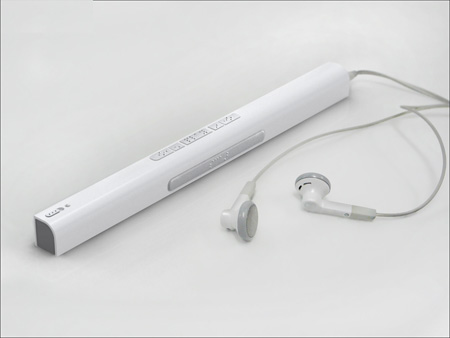Enhancing Lives With Advanced Assistive Tools for the Blind
The integration of advanced assistive tools for the blind is transforming exactly how individuals experience their environments and connect with their neighborhoods. What does this evolution mean for the future of assistive technology and its role in equipping individuals?
Overview of Assistive Tools
Assistive gadgets for the blind incorporate a varied variety of innovations and tools designed to boost self-reliance and improve the lifestyle for people with aesthetic problems. These gadgets provide to different needs, from navigation and flexibility to interaction and day-to-day task administration.
One of the primary groups of assistive devices consists of mobility aids, such as white canes and guide canines, which aid customers browse their environments securely. Digital traveling aids, equipped with sensors and audio comments, also play a significant duty in wheelchair enhancement.
Furthermore, devices that assist with day-to-day living activities, such as adaptive kitchen devices, Braille labels, and speaking watches, equip people to do jobs independently. Communication help, including screen readers and Braille screens, promote access to details and make it possible for individuals to engage successfully with the electronic globe.
Furthermore, low-tech services like amplifying glasses and large-print products remain important for many customers. Jointly, these assistive tools offer not just as sensible devices but additionally as essential enablers of autonomy, fostering better engagement in a globe that usually prioritizes sighted experiences. Their assimilation into every day life is crucial for promoting inclusivity and enhancing general wellness for those with aesthetic impairments.
Ingenious Technologies in Usage
Technology in modern technology has substantially transformed the landscape of devices available for people with aesthetic impairments. Amongst the most remarkable advancements are wise glasses incorporated with enhanced reality, which provide real-time navigation support and item acknowledgment. These devices utilize advanced cams and expert system to supply acoustic cues, enhancing the customer's spatial recognition and autonomy.
In addition, mobile applications have become effective resources, allowing individuals to determine currency, read text aloud, and navigate unknown settings via spoken directions. Devices such as Braille displays and refreshable Braille gadgets remain to develop, supplying seamless connection with smartphones and computer systems, therefore enhancing communication and access to information.
Wearable technology, consisting of smartwatches equipped with voice-activated functions, better empowers users by helping with fast access to alerts and notifies without needing visual involvement. Responsive maps and 3D printing are also gaining grip, using concrete representations of rooms that aid in positioning and mobility training.
Collectively, these cutting-edge innovations not only improve the lives of aesthetically damaged individuals however additionally foster greater self-reliance, inclusivity, and involvement with the broader community, thus improving perceptions of availability. (Braille displays and notetakers)
Personal Stories of Empowerment
Empowerment often emerges from personal experiences that highlight the transformative influence of modern technology on individuals with visual disabilities. Take, for example, the story of Sarah, a young musician that restored her enthusiasm for painting with using a clever walking stick geared up with challenge discovery. This device not only promoted her wheelchair but instilled a newly found confidence, allowing her to navigate public rooms separately and seek her innovative endeavors.

These narratives emphasize the extensive impacts that progressed assistive tools can have on every day life. By making it possible for individuals to overcome barriers, technology promotes a feeling of autonomy and self-respect. Such empowerment stories work as a testament to the possibility of development, highlighting how the right devices can considerably improve quality of life and open doors to brand-new possibilities for those with visual impairments.
Benefits of Advanced Solutions
The integration of innovative innovation right into assistive gadgets substantially changes everyday experiences for those influenced by vision loss. OCR devices for the blind. Devices such as clever walking canes outfitted with sensing units, navigation apps, and wearable modern technology are developed to offer real-time responses, boosting spatial understanding and reducing the risks connected with movement.
Furthermore, advanced assistive technologies cultivate social addition by helping with interaction and interaction. Voice-activated tools and applications enable individuals to accessibility details and engage with their surroundings separately, damaging obstacles that previously prevented their involvement in educational, specialist, and social my explanation settings.
Additionally, the customization and versatility of these solutions deal with the diverse needs of customers, consequently improving their total quality of life. Improved capability, such as object acknowledgment and text-to-speech capabilities, equips people with aesthetic impairments to perform jobs that they may have as soon as found challenging. Inevitably, advanced assistive technologies not only improve freedom and safety and security however likewise advertise self-respect and self-regard, enabling customers to lead meeting lives.
Future Trends in Assistive Tech
As technology remains to advance, the landscape of assistive tools for the blind is poised for exceptional innovations that will additionally enhance availability and independence. Arising fads in assistive innovation indicate a change towards raised combination of artificial intelligence (AI) and artificial intelligence, allowing tools to adapt to specific customer requires in real-time. These technologies are anticipated to facilitate more intuitive navigation systems that can determine barriers and supply audio comments, substantially boosting outside wheelchair.
Additionally, the development of wearable tech, such as smart glasses geared up with increased fact, will certainly permit customers to get contextual details about their surroundings, thereby enriching their spatial understanding. Advancements in haptic innovation pledge to develop tactile responses tools, enabling customers to perceive info via touch, enhancing knowing and interaction with their atmosphere.
Telecommunication developments are likewise leading the means for remote help remedies, where experienced specialists can give advice through video clip telephone calls, making sure support is conveniently available. As these fads unfold, the future of assistive devices for the blind will undoubtedly foster better freedom, encouraging individuals to navigate their globe with confidence and convenience.

Final Thought
The integration of sophisticated assistive gadgets for the blind stands for a significant advancement in promoting independence and improving lifestyle. By utilizing innovative innovations, these devices equip users to navigate their environments with better self-confidence and autonomy. As the area continues to advance, ongoing research study and development will likely yield even more sophisticated remedies, further transforming the lived experiences of individuals with visual disabilities and promoting a greater feeling of inclusion within society.
The assimilation of advanced assistive devices for the blind is transforming exactly how try these out individuals experience their surroundings and engage with their areas. The assimilation of advanced innovation into assistive gadgets considerably changes daily experiences for those impacted by vision loss.As technology continues to advance, the landscape of assistive devices for the blind is poised for exceptional advancements that will certainly further improve access and self-reliance. Emerging patterns in assistive innovation suggest a shift towards raised integration of man-made intelligence (AI) and equipment knowing, enabling gadgets to adapt to specific customer requires in real-time.The website here assimilation of sophisticated assistive gadgets for the blind represents a significant development in cultivating independence and boosting quality of life.